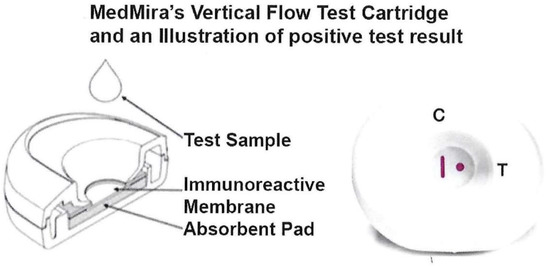2023-03-27 マサチューセッツ大学アマースト校
B. infantisと呼ばれる有益な細菌が尿素を分解する能力を持つことに気づいた研究チームは、その有用性を突き止めた。彼らは、B. infantisが乳幼児の腸内微生物の窒素をリサイクルするのに尿素を利用していることを説明している。
この発見は、世界中の小児の健康を改善するために、窒素代謝効率を改善するための分子標的を特定することによって応用される可能性があるとされている。
<関連情報>
- https://www.umass.edu/news/article/beneficial-bacteria-infant-gut-uses-nitrogen-breast-milk-support-babys-health
- https://www.tandfonline.com/doi/full/10.1080/19490976.2023.2192546
Bifidobacterium longum subsp. infantisがヒトミルクの尿素を利用して乳児の腸内細菌叢内で窒素を再利用していること Bifidobacterium longum subsp. infantis utilizes human milk urea to recycle nitrogen within the infant gut microbiome
Xiaomeng Youa ,Asha Rani,Ezgi Özcan,Yang Lyu & David A. Sela
Gut Microbes Published:26 Mar 2023
DOI:https://doi.org/10.1080/19490976.2023.2192546

ABSTRACT
Human milk guides the structure and function of microbial commensal communities that colonize the nursing infant gut. Indigestible molecules dissolved in human milk establish a microbiome often dominated by bifidobacteria capable of utilizing these substrates. Interestingly, urea accounts for ~15% of total human milk nitrogen, representing a potential reservoir for microbiota that may be salvaged for critical metabolic operations during lactation and neonatal development. Accordingly, B. infantis strains are competent for urea nitrogen utilization, constituting a previously hypothetical phenotype in commensal bacteria hosted by humans. Urease gene expression, downstream nitrogen metabolic pathways, and enzymatic activity are induced during urea utilization to yield elevated ammonia concentrations. Moreover, biosynthetic networks relevant to infant nutrition and development are transcriptionally responsive to urea utilization including branched chain and other essential amino acids. Importantly, isotopically labeled urea nitrogen is broadly distributed throughout the expressed B. infantis proteome. This incisively demonstrates that the previously inaccessible urea nitrogen is incorporated into microbial products available for infant host utilization. In aggregate, B. infantis possesses the requisite phenotypic foundation to participate in human milk urea nitrogen recycling within its infant host and thus may be a key contributor to nitrogen homeostasis early in life.


